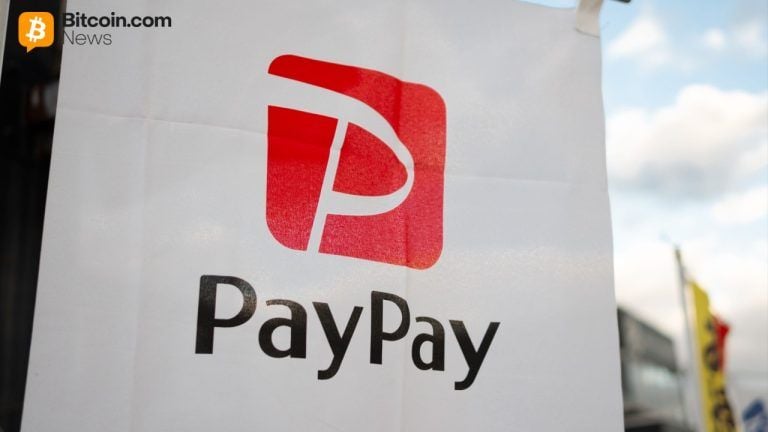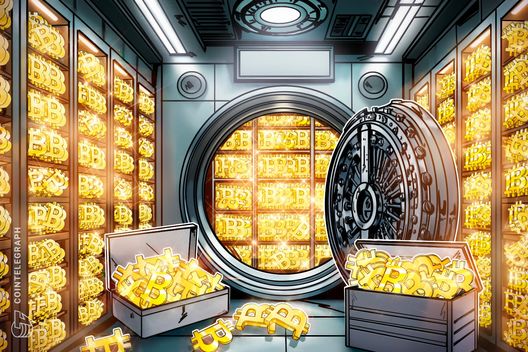Fed’s Kashkari favors raising rates another point, then pausing
2 min read
Federal Reserve Bank of Minneapolis President Neel Kashkari said the central bank has at least another percentage point of interest-rate increases to do in 2023 even as inflation is showing signs of reversing.
“It will be appropriate to continue to raise rates at least at the next few meetings until we are confident inflation has peaked,” Kashkari said in an essay published Wednesday.
“I have us pausing at 5.4%, but wherever that end point is, we won’t immediately know if it is high enough to bring inflation back down to 2% in a reasonable period of time,” Kashkari said. “Any sign of slow progress that keeps inflation elevated for longer will warrant, in my view, taking the policy rate potentially much higher.”
Last year, the Fed raised its benchmark interest rate from nearly zero in March to 4.3% by its final meeting in December, marking the highest level since 2007. Officials on the central bank’s policy-setting Federal Open Market Committee forecast at the meeting that it would be appropriate to raise the federal funds rate to 5.1% in 2023, according to their median projection.
Kashkari, who holds a vote on FOMC decisions this year, emerged in 2022 as one of the Fed’s biggest hawks after spending several years before the pandemic as its biggest dove. His 5.4% projection suggests he may be moving a bit closer to the center of the committee, given that two officials in December projected it would be appropriate to raise the federal funds rate even higher this year.
The Minneapolis Fed chief said he and his colleagues missed the surge in inflation because the central bank’s models are designed to capture inflationary pressures emanating from tight labor markets and rising inflation expectations but aren’t well equipped to handle the type of “surge pricing inflation” brought about by the pandemic.
“This is a challenge for economists inside and outside the Fed: Can we develop frameworks and tools to analyze and potentially forecast inflation outside of labor market and expectations channels? Specifically surge pricing inflation, but potentially others as well?” he said.
“If we can deepen our analytical capabilities surrounding other sources and channels of inflation, then we might be able to incorporate whatever lessons we learn into our policy framework going forward.”





